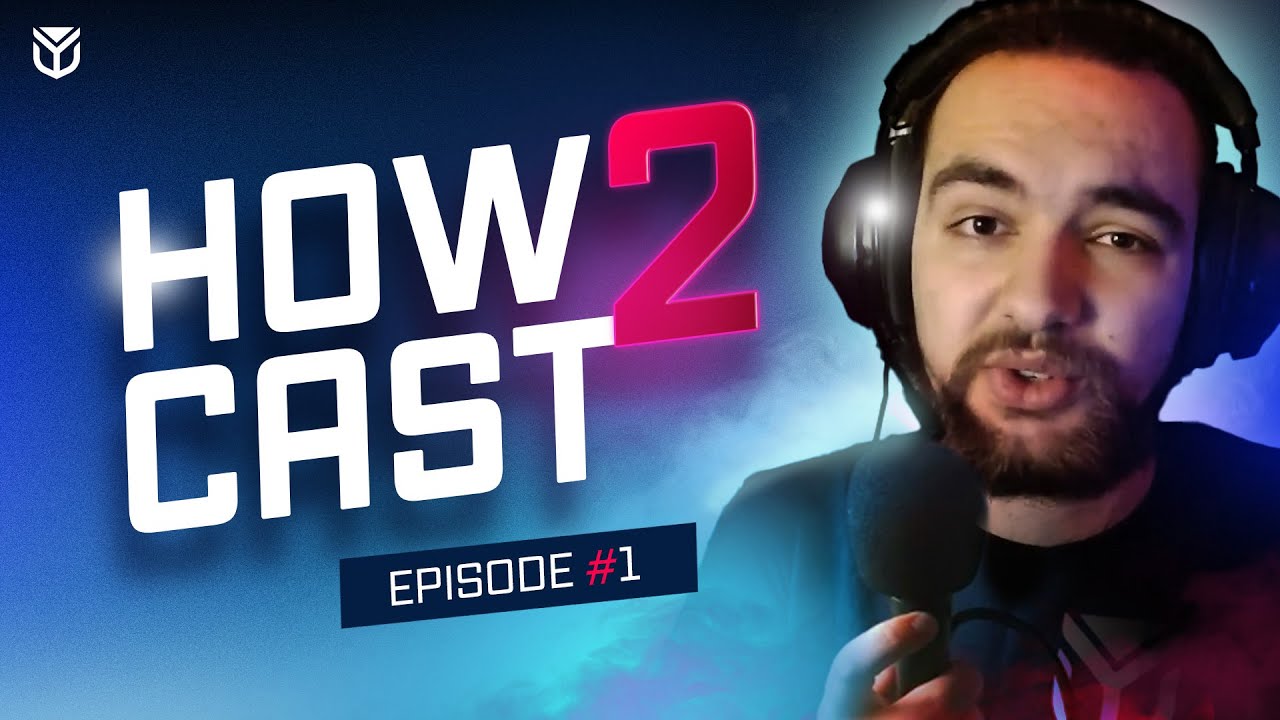In the high-octane world of esports, where digital gladiators clash and millions tune in, the voices guiding viewers through the action are as crucial as the players themselves. Yet, the financial realities behind these captivating broadcasts often remain obscured. Recently, veteran Counter-Strike 2 caster Aleksey “PCH3LK1N” Pchelkin peeled back the curtain, revealing a stark contrast between standard studio rates and the value top-tier talent believes it commands, highlighting a significant shift in the industry`s economic landscape.
The Standard Shift: A $200 Reality
According to PCH3LK1N, an average professional caster working for an official studio on a major tournament can expect to earn around $200 per workday. A typical “shift” often involves covering two Best-of-3 series, a demanding schedule requiring sustained focus, insightful commentary, and a deep understanding of the game. For many, this rate represents the baseline for entry into the professional broadcasting circuit, a figure that pays the bills but perhaps doesn`t reflect the years of dedication and expertise invested.
The Elite`s Demands: A $1000 Ideal
PCH3LK1N, a prominent figure in the Russian-speaking CS2 community and a highly recognized caster, offered a contrasting perspective. He stated that his asking price, reflective of his status as a “best commentator of 2023” and a highly media-visible personality, stands at $1000 per workday. This five-fold difference illustrates the chasm between the perceived value of top-tier talent and the financial constraints faced by broadcasting studios. The challenge, as PCH3LK1N explains, isn`t a lack of appreciation for skill, but a simple matter of budget allocation.
“My price, as the best commentator of `23, as one of the most media-recognized commentators, was and still is $1000 per shift. Studios don`t have such money… they aren`t allocated it, because all studios understand that this is the era of community casters, and there`s no point in paying big money for casters because they simply won`t beat community casters in terms of online viewership.”
The Rise of the Community Caster: A Game-Changer
This is where the plot thickens. The primary reason studios find themselves unable to meet higher demands, according to PCH3LK1N, is the meteoric rise of the community caster. These independent streamers, often broadcasting from their homes, have democratized esports coverage. They offer a raw, unfiltered, and often more personal viewing experience, frequently engaging directly with their audience in a way official broadcasts cannot. While they might lack the polished production of a professional studio, their authenticity, niche appeal, and ability to cultivate dedicated fanbases often translate into significant viewership numbers.
The irony is palpable: studios, funded largely by bookmakers who allocate budgets for talent, are finding it less “economical” to invest heavily in seasoned professionals when community casters can often draw comparable, or even larger, audiences at little to no direct cost to the studio. This shift forces studios into a delicate balancing act, prioritizing budget efficiency over securing every big name.
Budgetary Bottlenecks and Viewer Impact
The financial lifeline for many esports broadcasting studios comes from bookmakers. These entities invest in tournaments and their coverage, and it`s from these allocated budgets that casters and analysts are paid. When those budgets are constrained, studios must make tough choices, often leading to a lineup of talent that might not always align with what the most ardent fans desire. PCH3LK1N`s lament — “you see on broadcasts not those whom you would like to see” — resonates with many viewers who feel a disconnect between the available talent and their preferred voices.
A Cyclical Industry, or a Permanent Paradigm Shift?
Despite the current challenges, PCH3LK1N maintains a degree of optimism, suggesting that “everything is cyclical and one day everything will return to normal.” This perspective hints at a belief that the pendulum will eventually swing back, reaffirming the value of experienced, professional broadcasting. However, whether the rise of community casting is merely a phase or a fundamental, lasting alteration to the esports media landscape remains a subject of ongoing debate.
The current situation highlights a dynamic and evolving industry. As esports continues to grow, finding a sustainable financial model that equally values professional expertise, community engagement, and broad viewership will be crucial. The conversation sparked by PCH3LK1N serves as a valuable insight into the unseen gears driving the broadcasts we love, reminding us that even in the world of pixels and high-stakes competition, economics play a defining role.

